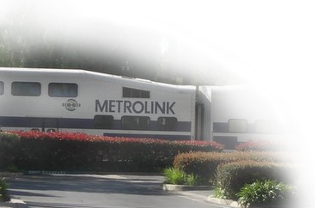Building Science
 Potential Failings in a Home
Potential Failings in a Home
Many older homes were not constructed using good building science, or their insulation and ductwork have been damaged. Even a newer home may have improperly installed insulation and an incorrectly-sized HVAC unit. Contractors have only recently started focusing on making homes as efficient and safe as possible. There are many small changes that residents in existing homes can make to fix efficiency problems. For example, it has recently been discovered that homes with attached garages frequently have elevated carbon monoxide levels. By building separate garages for new homes and properly sealing attached garages on homes already built, carbon monoxide can be reduced to safe levels. When performing energy retrofit work, homeowners should focus on buying efficient appliances, properly installing insulation and ductwork, and sealing air leaks. Below are some of the most common problems in houses, and the potential causes.
| Problem | Common Causes |
|---|---|
| High Energy Bills |
Air leaks, duct leakage, insulation problems, oversized HVAC system, non-energy-efficient equipment |
| Hot/Cold Rooms | Inadequate insulation, ductwork problems, air leaks |
| Dust | Dirty HVAC filters, leaky ducts |
| Mold/Mildew | Improper insulation, wrong size AC unit |
| Moisture on Windows | Air leaks, inefficient windows |
| Peeling Paint | Humidity problems |
Maximizing Home Efficiency
While many people believe their houses are hot in the summer because their air conditioning units are too small, that is not necessarily the case. Building science looks at problems in the house as a whole: performance is a reflection of the sum of the equipment, building load, delivery system, and behavior of homeowners. The figure below illustrates this relationship as well as the potential energy efficiency increase homeowners can receive by fixing each aspect.
.png)
The building load is the amount of heat that needs to be added or removed to maintain comfortable conditions in the home. Building load is a function of a home’s volume, surface area, insulation, and amount of air leakage. As seen in Figure 1, overall performance is not solely a function of the equipment in the home. For example, a “too small” air conditioning unit may actually be oversized but only working at 40-50% efficiency because of leaky ductwork and/or a lack of properly installed insulation. Fixing problems with delivery systems and the building shell typically results in a more comfortable home; in smaller air conditioning, heating, and ventilation (HVAC) units; and in lower energy bills.
Benefits of Home Energy Retrofits
| 1. | Reduce energy usage. |
| 2. | Reduce electricity bill. |
| 3. | Improve indoor air quality. |
| 4. | Lessen symptoms of asthma and allergies. |
| 5. | Reduce humidity in the home. |
| 6. | Increase comfort of residents. |
| 7. | Reduce temperature variation in the home (both room-to-room and floor-to-ceiling). |
| 8. | Lower carbon monoxide levels. |
| 9. | Prevent mold from growing inside of walls. |
| 10. | Add value to your home. |
| 11. | Decrease your carbon footprint. |
| 12. | Place less strain on future energy demand. |
| 13. | Bring local contracting jobs back to communities with depressed housing markets. |




